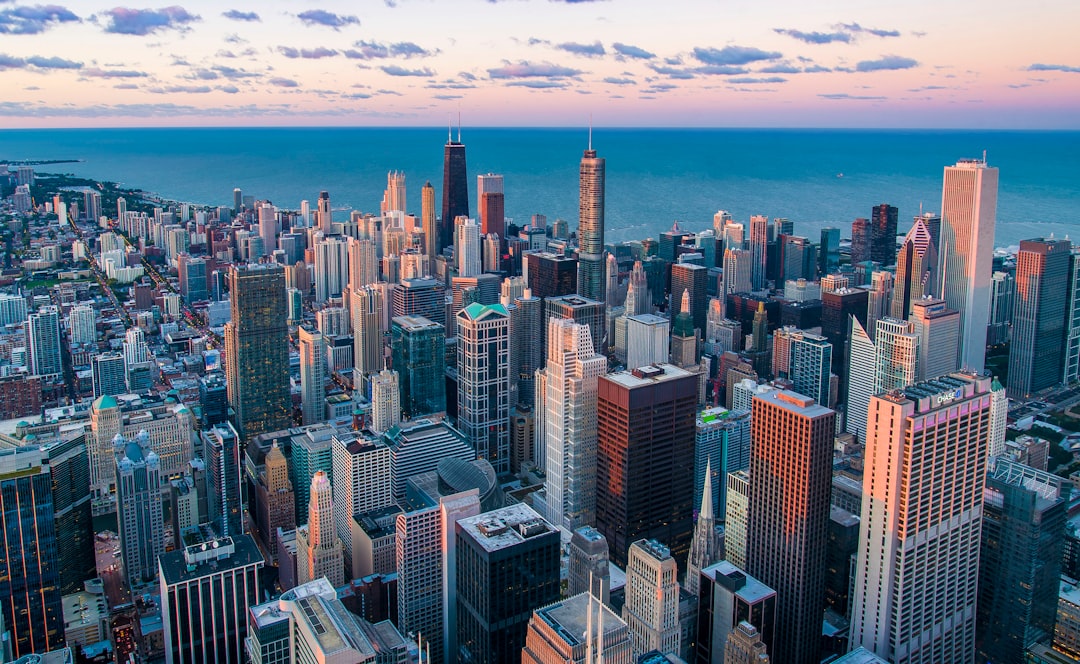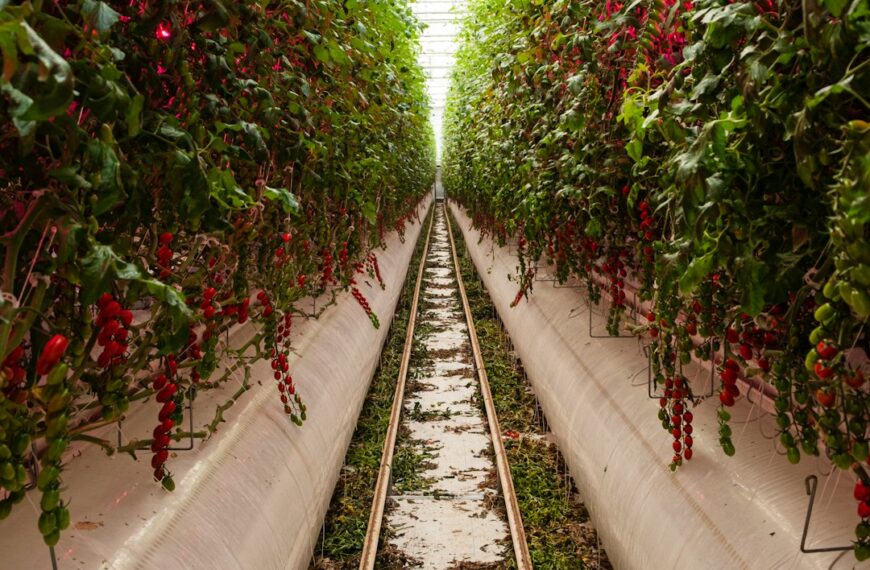Our cities are facing unprecedented challenges. Climate change, resource scarcity, and social inequalities are creating a perfect storm of urban vulnerabilities. But what if we could reimagine our urban environments not as isolated entities, but as complex, interconnected ecosystems? This is the core concept behind the “symbiotic city,” a paradigm shift that prioritizes resilience through collaboration and interdependence.
The traditional approach to urban planning often focuses on individual components – transportation, housing, energy – in isolation. This siloed approach leaves cities vulnerable to shocks and stresses. A symbiotic city, however, recognizes the intricate web of relationships between these systems and seeks to optimize their interactions for mutual benefit.
Imagine a city where buildings generate their own renewable energy and share excess power with the grid. Picture a transportation network that seamlessly integrates walking, cycling, and public transit, minimizing reliance on private vehicles and reducing carbon emissions. Envision green spaces acting as natural buffers against flooding and heat waves, providing recreational opportunities and improving air quality. These are not isolated elements, but interconnected parts of a larger, resilient system.
Key elements of a symbiotic city blueprint include:
* Circular Economy: Minimizing waste and maximizing resource reuse through innovative recycling and upcycling programs. This involves designing products and systems with their end-of-life in mind, creating closed-loop systems where materials are constantly repurposed.
* Renewable Energy Integration: Transitioning to 100% renewable energy sources, reducing dependence on fossil fuels and mitigating climate change impacts. This includes investing in solar, wind, geothermal, and other clean energy technologies, as well as developing smart grids to optimize energy distribution.
* Nature-Based Solutions: Integrating natural elements into the urban landscape to enhance resilience. This includes green roofs, urban forests, permeable pavements, and restored waterways, which can help manage stormwater, reduce the urban heat island effect, and improve biodiversity.
* Community Engagement: Creating participatory planning processes that involve residents, businesses, and other stakeholders in shaping the future of the city. This ensures that the city reflects the needs and aspirations of its inhabitants and fosters a sense of shared ownership and responsibility.
* Data-Driven Decision Making: Utilizing data analytics and sensor technology to monitor urban systems and optimize their performance. This includes real-time monitoring of energy consumption, traffic flow, and environmental conditions, enabling proactive responses to challenges.
Building a symbiotic city requires a fundamental shift in mindset. It necessitates collaboration between government agencies, businesses, researchers, and citizens. It demands innovative solutions and a willingness to experiment with new approaches. But the potential rewards are immense – a more resilient, sustainable, and equitable future for our urban populations. The challenge before us is to transform our cities from isolated structures into vibrant, interconnected ecosystems that thrive in the face of adversity. The blueprint for this transformation is within our grasp; the time to act is now.










